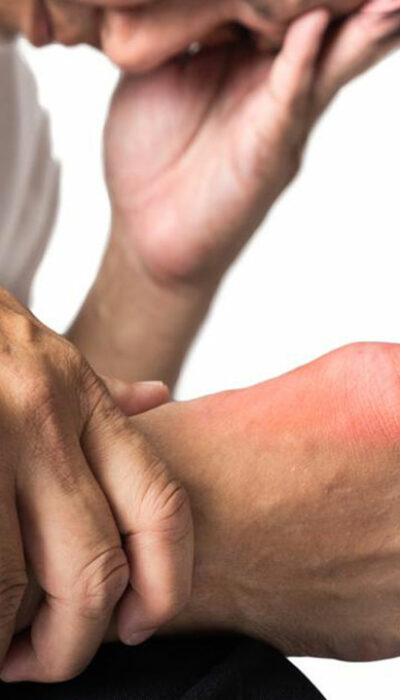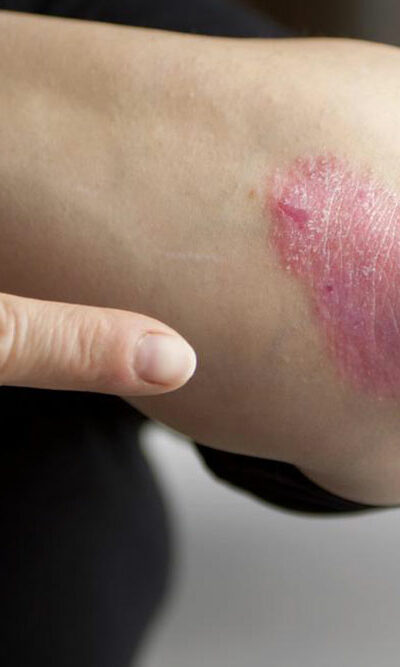
Overview and Treatment of Diarrhea
Every person suffers from diarrhea at some point. Loose and regular bowel movements are the main signs that a person is suffering from diarrhea. In normal cases, diarrhea lasts for few days. However, in case this lasts for more time it indicates the presence of a more serious disorder like inflammatory bowel diseases and irritable bowel syndrome. Signs and symptoms of Diarrhea Some of the key signs and symptoms of diarrhea include loose and watery stools, cramps in the abdomen, blood in the stool and urgent need of having a bowel movement. In case these symptoms persist treatment from a doctor should be sought. In addition to these, the assistance of doctor should be sought when diarrhea persists beyond two days; a person becomes dehydrated; a person has severe abdominal pain, the stools are bloody and black, and the fever is above 102 F. Causes of Diarrhea Diarrhea is caused by numerous disease conditions including: Virus infection Virus infection also causes diarrhea. Some of the virus which causes diarrhea includes viral hepatitis, Norwalk virus, and cytomegalovirus. In addition to this rotavirus also cause acute diarrhea in children. Bacteria and Parasites Contaminated food or water can also result in diarrhea symptoms in human beings. In addition, the presence of parasites as Cryptosporidium and Giardia lamblia also cause diarrhea. Bactria as campylobacter, salmonella and Escherichia coli also result in diarrhea. Lactose intolerance Lactose is a natural sugar which is found in dairy products and milk. People who are not able to digest lactose suffer from diarrhea when they eat any of the dairy products. Treatment of Diarrhea In most cases, diarrhea gets better in few days on its own, but severe diarrhea treatment might need medical intervention. Natural Cure for Diarrhea Natural remedies that provide severe diarrhea treatment can be tried for curing diarrhea as these also help in the effective treatment of basic causes of diarrhea.










